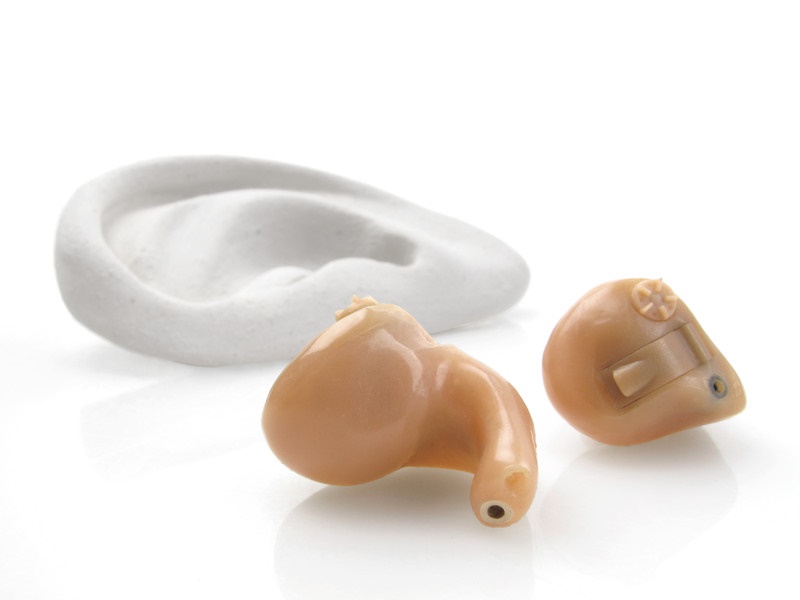Are two hearing aids better than one?
If you’re searching for the short answer, then yes, the majority of cases of hearing loss are ideally managed with two hearing aids.
If you want to know why, or are curious about exactly why we have two ears in the first place, then keep on reading.
The Benefits of Stereoscopic Vision
Let’s begin with vision.
When we view an image, each eye is provided with a slightly different copy of that image. Our brains then calculate the differences between the two copies to construct the perception of depth. This added dimension of depth—in combination with height and width—allows us to experience the world in three dimensions.
If we had only one eye, our capability to perceive depth and distance would be highly affected.
The benefits of Binaural Hearing (Hearing with Two Ears)
The same phenomenon pertains to our ears and our hearing. Even though we may not think about it, when we hear a sound, we can typically judge both its distance and its location, in addition to its volume.
Each ear receives a slightly different version of each sound, and those variations are interpreted by the brain in a way that reveals location and distance. This permits us to hear in three dimensions, so that we recognize how far away and which direction sound is coming from.
Along with being able to evaluate depth, distance, and location, having two ears also improves the quality of sound and enhances the range of sounds you can hear.
To test the theory of sound quality, the next time you’re listening to music in the car, disable both left speakers and notice how unnatural it sounds.
The Benefits of Two Hearing Aids
If our eye doctor informs us that we have vision impairment in both eyes, we don’t honestly think about the benefits of getting fitted with one lens.
So when our hearing specialist informs us that we have hearing loss in both ears, why do we need to be convinced to get fitted with two hearing aids?
As we’ve seen, our ears work together so that our brains can best understand the distance, location, volume, quality, and range of sound.
With the capacity to pinpoint the precise location of sound from the use of two hearing aids, you’ll be able to:
- focus on speech during a conversation even with substantial background noise.
- pick out specific voices among many.
- enlarge the range of sounds heard by up to four times.
- hear sounds without straining, which is less exhausting.
- listen to sounds without the unnatural sensation of monaural hearing (hearing with one ear).
- Prevent the weakening of hearing in the non-fitted ear.
That last point is significant. If you have hearing loss in both ears but wear only one hearing aid, your hearing in the non-fitted ear can become worse with time. This will quickly limit your ability to enjoy all of the benefits just explained.
If you believe that you have hearing loss, the initial step is to arrange a hearing test with an experienced hearing specialist. After your hearing is tested, your hearing specialist will discuss the results with you in a chart known as an audiogram.
The audiogram will reveal to you if you have hearing loss in one or both ears, but most cases of hearing loss are in both ears.
If this is the situation, your hearing specialist will almost certainly suggest binaural hearing aids for both ears, and you’ll be given the opportunity to trial them before you buy—which is a great opportunity to test for yourself the difference two hearing aids will make.

